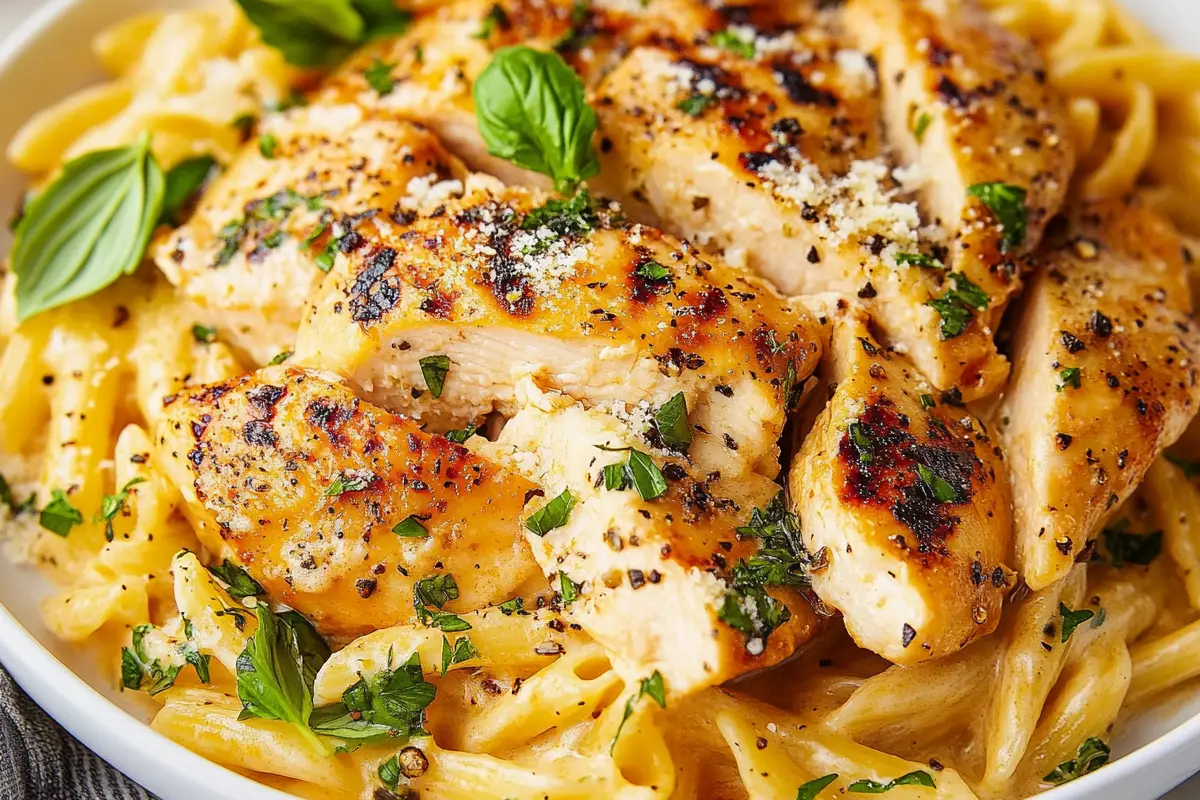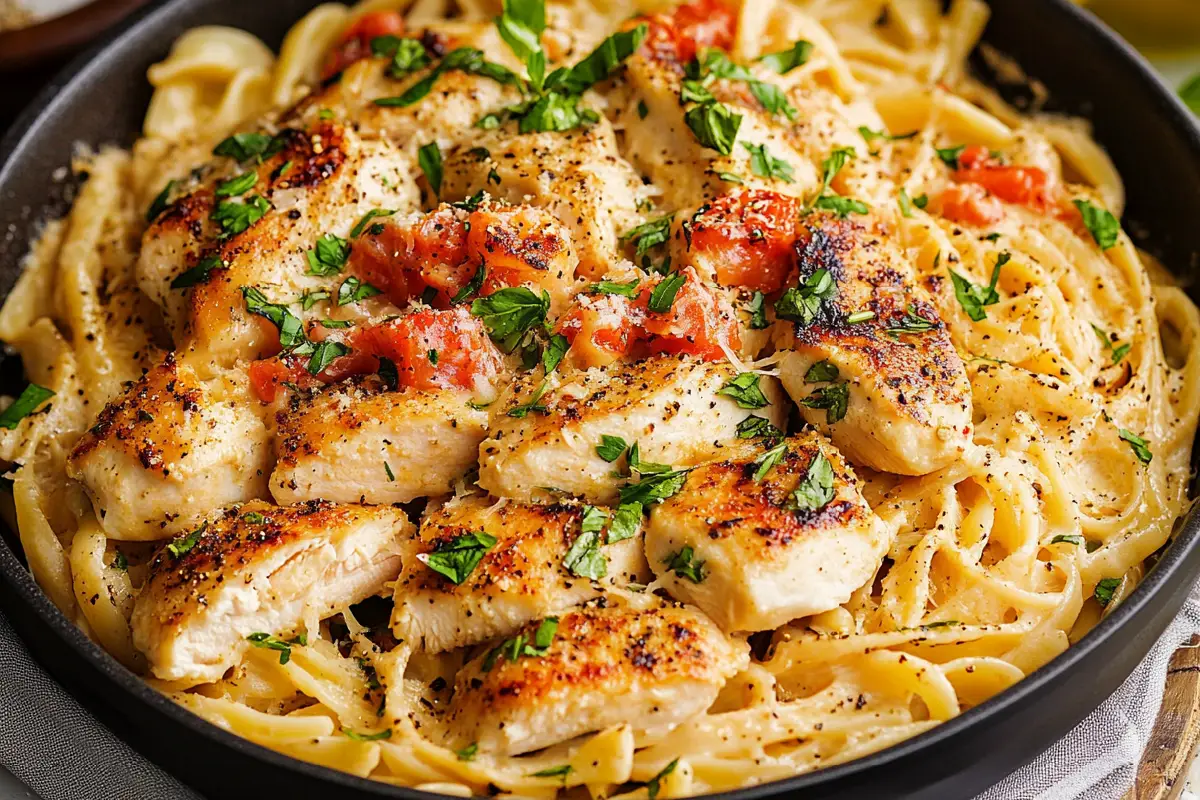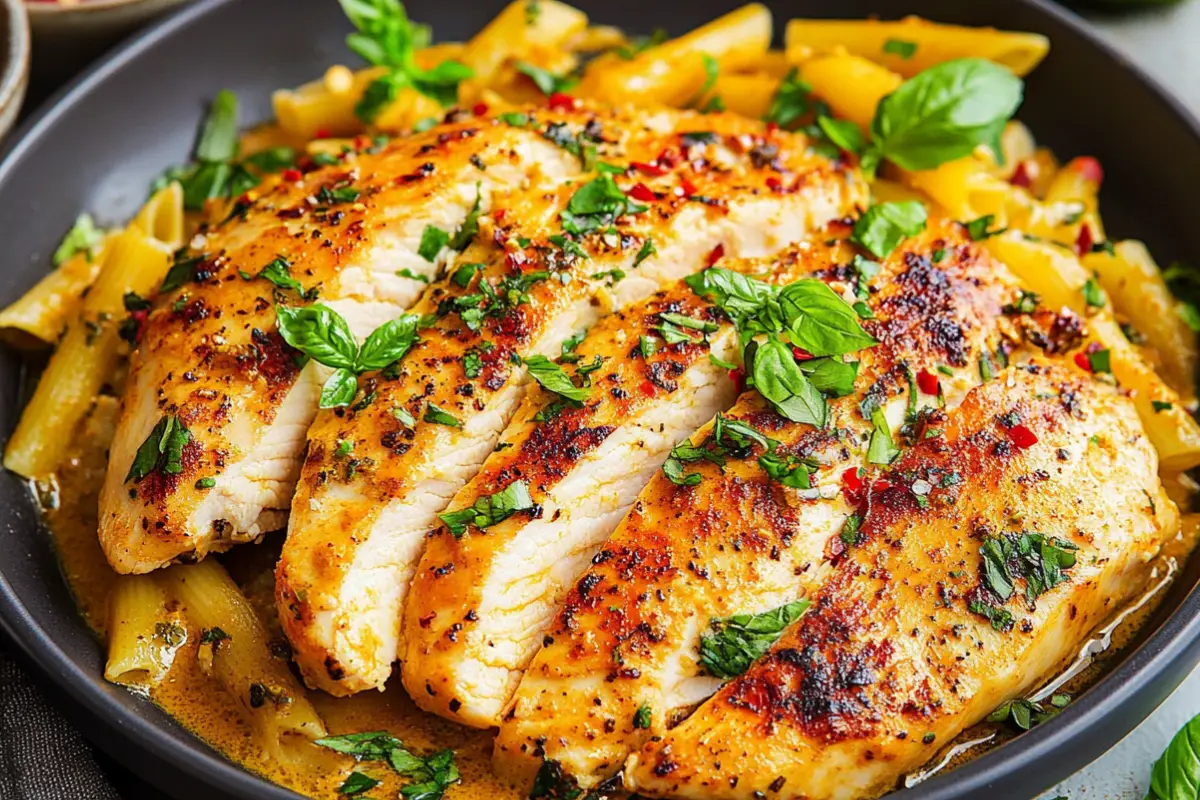Introduction to How To Boil Pasta Al Dente
Cooking pasta al dente is a cornerstone of Italian cuisine. The term, which means “to the tooth” in Italian, describes pasta that is cooked just enough to be firm when bitten. This cooking method preserves the pasta’s flavor and texture, allowing it to hold up against sauces without becoming mushy. Whether you’re making a simple spaghetti dish or preparing a more elaborate meal, mastering the art of boiling pasta al dente is key to taking your culinary skills to the next level.
In this extended guide, you’ll learn everything from the meaning of al dente to advanced techniques for cooking the perfect pasta. Along the way, we’ll address common mistakes, offer pairing suggestions, and provide you with essential tips to elevate your pasta dishes.
What Does Al Dente Mean?
The phrase al dente literally translates to “to the tooth,” meaning that the pasta should still offer some resistance when you bite into it. It’s neither too soft nor too hard but strikes a balance that allows the pasta to be chewy yet tender. This is the ideal texture for most pasta dishes, as it holds up better when mixed with sauces and other ingredients.
When pasta is cooked al dente, its starches are not fully released into the water, which helps the sauce cling to the pasta, making each bite flavorful. This technique is used for many popular Italian dishes, and it is the secret behind the texture of pasta served in authentic Italian restaurants.
Why is Al Dente Important?
Cooking pasta al dente preserves its structure, taste, and even nutritional value. Overcooked pasta releases too much starch, causing the noodles to become soggy and less flavorful. On the other hand, undercooked pasta will have an undesirable crunch. Here’s why al dente is preferred:
- Flavor: Pasta cooked al dente retains more of its wheat flavor. This means that the pasta doesn’t just act as a vessel for the sauce but contributes to the dish’s overall taste.
- Texture: Al dente pasta provides a chewy, satisfying texture that enhances the mouthfeel of the dish.
- Sauce Clinging: When cooked al dente, pasta has the perfect surface for sauce to cling to, enhancing the flavor in every bite.
- Health Benefits: Al dente pasta has a lower glycemic index than overcooked pasta, meaning it digests slower and is less likely to spike your blood sugar levels.
For example, our guide on how to make Sophia Loren pasta highlights how the texture of al dente pasta is crucial to achieving authentic results.
Step-by-Step Guide to Cooking Pasta Al Dente

Here’s a detailed, foolproof method to cook pasta al dente:
1. Boil Plenty of Water
The rule of thumb is to use 4-6 quarts of water per pound of pasta. This allows the pasta to move freely while cooking, which helps it cook evenly. Crowding the pot with too much pasta and too little water can lead to clumping and uneven cooking.
2. Salt the Water Generously
Salt is crucial when boiling pasta. It enhances the flavor from within, and since pasta absorbs water as it cooks, salting the water ensures the noodles are flavorful. For every 4 quarts of water, add about 1 tablespoon of salt. The water should taste like seawater.
3. Add the Pasta to Boiling Water
Once the water reaches a rolling boil, add the pasta. Stir immediately to prevent it from sticking together. Stirring occasionally throughout the cooking process also helps prevent clumping.
4. Taste-Test for Al Dente
Pasta cooking times can vary depending on the type and brand. Most packaged pasta comes with recommended cooking times, but the best way to ensure it is al dente is by taste-testing. Start checking the pasta about 2 minutes before the package’s suggested time. When the pasta is firm to the bite but still tender, it’s ready.
5. Drain the Pasta Without Rinsing
Once the pasta reaches al dente perfection, drain it immediately using a colander. Avoid rinsing the pasta unless the recipe specifically calls for it. Rinsing washes away the starch that helps sauces cling to the pasta, and you want that starch to enhance the overall dish.
Common Mistakes to Avoid When Cooking Pasta Al Dente
Even seasoned cooks make mistakes when boiling pasta. Avoid these pitfalls to ensure your pasta is perfectly cooked every time:
- Using Too Little Water: Pasta needs plenty of water to cook evenly. Too little water causes the pasta to clump together.
- Not Salting the Water Enough: Without enough salt, the pasta will taste bland, no matter how flavorful your sauce is.
- Overcooking or Undercooking: Always taste the pasta a minute or two before the recommended cooking time ends. Al dente pasta should have a firm bite.
- Rinsing the Pasta: Rinsing pasta washes away the starch that helps the sauce cling. Unless you’re making a cold pasta dish or using the pasta for a salad, avoid rinsing.
Our post on Marry Me Chicken Pasta also emphasizes the importance of perfectly cooked al dente pasta to maintain the balance of flavors in the dish.
Adjusting Cooking Time for Different Pasta Types
Not all pasta is created equal, and different pasta types require different cooking times. The thickness, shape, and type of flour all play a role in how long it takes to achieve the perfect al dente texture.
1. Long Pasta (e.g., Spaghetti, Fettuccine)
Long pasta types tend to cook faster than their shorter counterparts. For spaghetti, a typical al dente time might be around 8-10 minutes, but it’s essential to taste-test early.
2. Short Pasta (e.g., Penne, Rigatoni)
These types of pasta take a bit longer to cook because of their thicker, tubular shape. They typically require 10-12 minutes for al dente doneness.
3. Fresh Pasta
Fresh pasta cooks much faster than dried pasta, usually in 2-4 minutes. It doesn’t have as much starch on its surface as dried pasta, so the risk of overcooking is greater. Watch it closely!
4. Whole Wheat and Gluten-Free Pasta
These alternatives often require slight adjustments in cooking time. Whole wheat pasta tends to cook more quickly and can become mushy if overcooked, so monitor it carefully. Gluten-free pasta, on the other hand, can take a bit longer and often behaves differently. Always taste-test for the right texture.
Advanced Techniques for Perfecting Al Dente
Once you’ve mastered the basics, there are a few advanced techniques that can help elevate your pasta cooking game:
1. Sensory Cooking Without a Timer
Experienced chefs often rely more on their senses than on a timer. While the suggested time on the package is helpful, tasting the pasta regularly is the best way to ensure it’s cooked al dente. You’re looking for a slight firmness when biting into the pasta, with a tender yet chewy texture.
2. Cooking Al Dente Pasta in the Sauce
Another advanced technique involves finishing the pasta in the sauce. Once the pasta reaches al dente, transfer it directly to a pan with your sauce, along with some of the pasta water. The starch from the pasta water will help thicken the sauce and make it cling to the noodles better. This method also allows the pasta to soak up more of the sauce’s flavor.
For example, dishes like Chicken and Broccoli Pasta benefit from this technique, as it helps the sauce and pasta come together for a cohesive flavor.
Serving Al Dente Pasta: Pairing with Sauces
The key to an excellent pasta dish is how well the sauce complements the al dente texture of the pasta. Some sauces work better with certain types of pasta, and choosing the right combination can elevate your dish.
1. Oil-Based Sauces (e.g., Aglio e Olio, Pesto)
These light, oil-based sauces cling to the pasta better when it’s cooked al dente. The slight firmness of the pasta allows it to absorb the flavors of the oil, garlic, and herbs, creating a beautifully balanced dish.
2. Tomato-Based Sauces (e.g., Marinara, Bolognese)
These classic sauces are perfect for al dente pasta. The starch from the pasta helps thicken the sauce slightly, creating a luxurious coating on the noodles. Be sure to toss the pasta in the sauce for a minute or two before serving to help the sauce cling better.
3. Creamy Sauces (e.g., Alfredo, Carbonara)
Rich, creamy sauces pair best with al dente pasta, as the firmness of the noodles provides a nice contrast to the smooth texture of the sauce. The pasta needs to hold up under the weight of the cream, cheese, and butter.
FAQs About How To Boil Pasta Al Dente

Here are some common questions people have about cooking pasta al dente:
- What does it mean to cook pasta al dente?
- Al dente refers to pasta that is firm when bitten but fully cooked.
- How long does it take to cook pasta al dente?
- The cooking time depends on the type of pasta. Generally, it takes 8-12 minutes for dried pasta and 2-4 minutes for fresh pasta.
- Is al dente pasta healthier?
- Yes, al dente pasta has a lower glycemic index than overcooked pasta, making it a healthier option for blood sugar control.
- Can gluten-free pasta be cooked al dente?
- Yes, though gluten-free pasta has a slightly different texture, it can still be cooked al dente.
Conclusion
Cooking pasta al dente is an essential skill for anyone looking to improve their pasta dishes. By following the steps outlined in this guide and avoiding common mistakes, you’ll be able to create perfectly cooked pasta every time. Whether you’re making a simple spaghetti with olive oil or a rich, creamy Alfredo, the key to great pasta is getting that perfect al dente texture.

